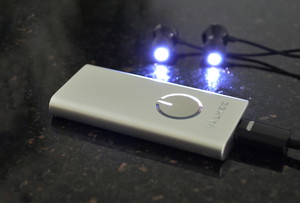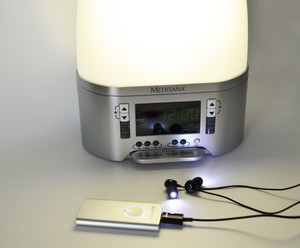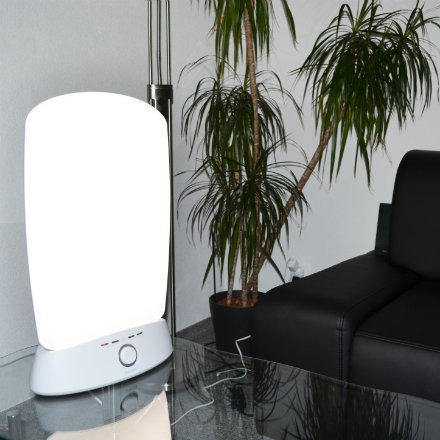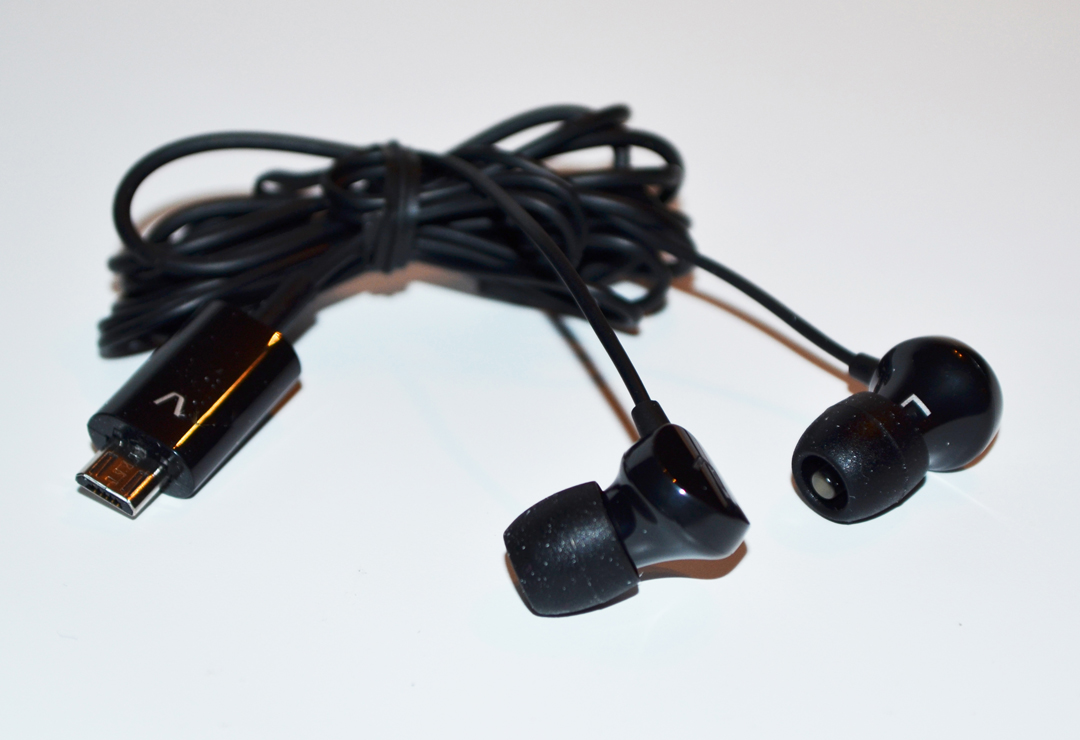A considerable amount of light penetrates the skull bone and reaches the brain in mammals too. Studies in rodents show that hooded or enucleated animals conduct light information through extraretinal routes. Similar characteristics of extraretinal photoreception are found in humans, and it has been shown that the circadian system works even without external light indications.
Now, in this study, mice were randomly assigned to control group, morning-light group or evening-light group, and these animals were exposed to transcranial light five times a week for eight minutes each time, for four weeks.
Based on the findings of the study, it is reasonable to hypothesize that molecules that are activated with light can also be stimulated transcranially, not only through the retina. Until now, the best known route for light to get its message to the brain was thought to be through the retinohypothalamic tract, where melatonin is the key molecule responsible for entraining circadian rhythm. However, it is possible that there is an alternative target for regulating circadian rhythm, which is as yet unknown. It could be opsins. In this study, the focus was among others on OPN3. OPN3 (Encephalopsin) belongs to the family of opsins. Opsins are light-sensitive receptors, located in the retina, in various tissues and in many cell types. These proteins are stimulated by light in both visual and non-visual systems. The study shows that the variation in the expression of the OPN3 depends also on the illuminated tissue and on the timing of light exposure. Interestingly, the amount of OPN3 in the hypothalamus of the mice that received transcranial light therapy was higher when light exposure occurred in the morning. The time of day when light was administrated affected the OPN3 expression also in the cerebellum.
It has already been shown that opsins are able to receive light information in the avian brain. And here we find now that transcranial light has clear effects on OPN3 expression in the mouse brain.
Reference: Flyktman et al., Transcranial light affects the expression of brain encephalopsin and plasma monoamine concentration in the mouse, march 24, 2015
Effect of transcranial light on light-sensitive receptors in the brainA new study shows the clear effect of transcranial light on the expression of the OPN3 in a mouse brain. It is interesting that the response varied, depending on what time of the day the light was administered.
 Published on 17.09. by  Means and methods of compensating for the darkness in winter Means and methods of compensating for the darkness in winterThe problem of shorter days and longer nights in winter is no longer a mere personal problem some small number of people experience. Lack of daylight during the dark winter months has been shown to lead to certain symptoms of winter depression, which in turn affect work performance. Municipalities in the northern hemisphere have now also begun striving for solutions on how to address the lack of sunlight.  Light therapy Light therapyDo rainy days or the dark winter months leave you feeling a bit gloomy? Try using a light therapy machine to add some natural light to your life - revitalizing and reenergizing your mood. |
- FREE DELIVERY (ECONOMY)
- Safe shopping: Payment with TWINT, credit card, Paypal or Postfinance
- Warehouse in Switzerland (Widnau SG)


 Extra Headset for Valkee2, CHF 59.00
Extra Headset for Valkee2, CHF 59.00